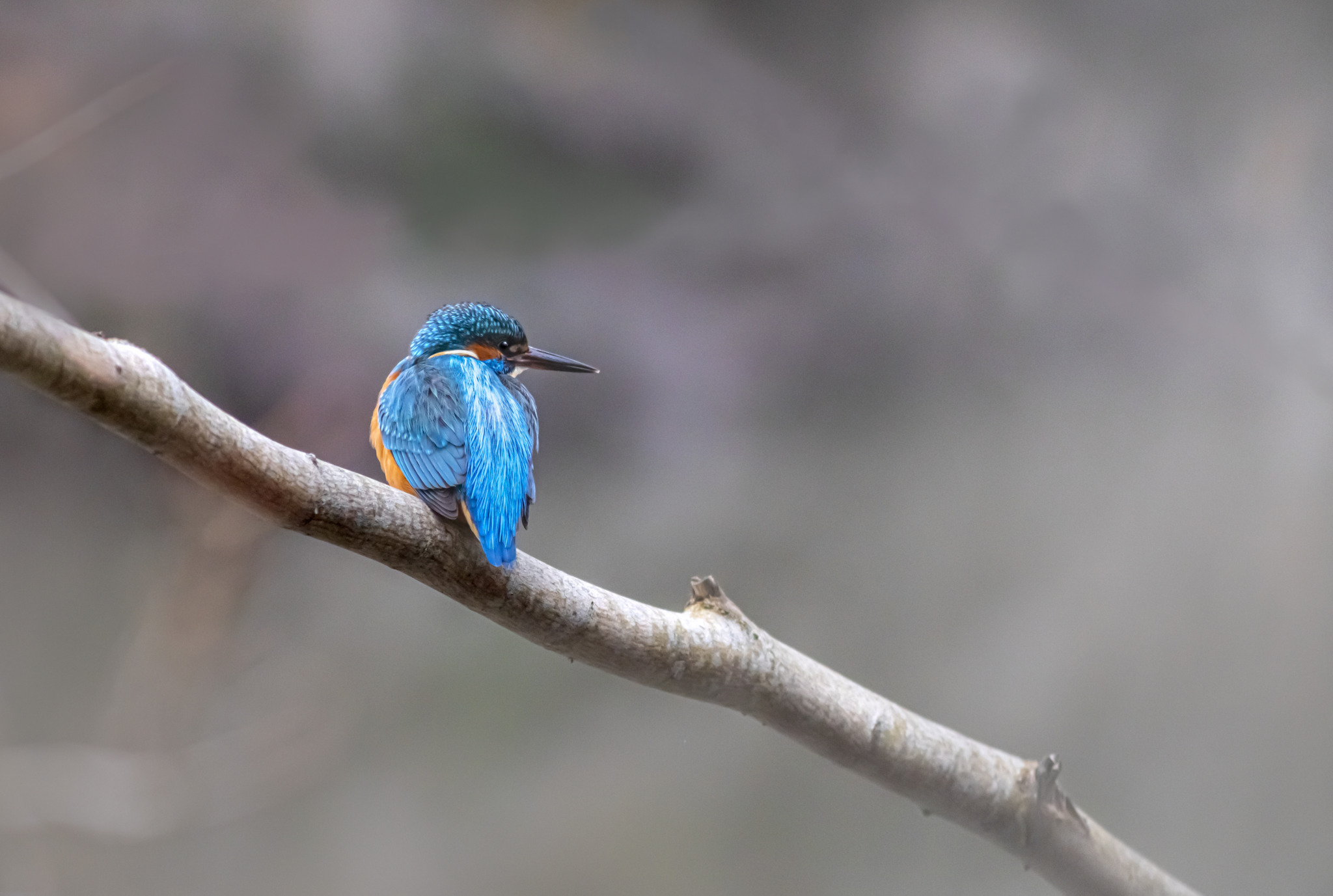Here’s a detailed natural history overview of the Common Kingfisher (Alcedo atthis), one of Europe and Asia’s most dazzling freshwater birds. 💙🐦
💎 Common Kingfisher (Alcedo atthis)
Family: Alcedinidae
Genus: Alcedo
Common names: Common Kingfisher, Eurasian Kingfisher, River Kingfisher
🌍 General Overview
The Common Kingfisher (Alcedo atthis) is a small, brilliantly colored bird renowned for its metallic blue and orange plumage, rapid flight, and precision diving.
It inhabits clean rivers, streams, and ponds across Europe, North Africa, and Asia, where it hunts small fish and aquatic insects.
Despite its beauty, this species is highly sensitive to water pollution and habitat disturbance, making it an important indicator of healthy freshwater ecosystems.
🧬 Identification
| Feature | Description |
|---|---|
| Length: | 16–17 cm |
| Wingspan: | 24–26 cm |
| Weight: | 35–45 g |
| Plumage (upperparts): | Brilliant turquoise-blue to metallic green-blue |
| Underparts: | Bright orange-rusty chest and belly |
| Bill: | Long, straight, and dagger-like — black in males, orange-based in females |
| Feet: | Tiny and bright red-orange |
| Eyes: | Dark brown, with excellent binocular vision for underwater targeting |
🆔 Key ID features:
- Compact, short-tailed bird with large head and long bill
- Iridescent blue upperparts and orange underparts
- Fast, low flight over water
🌸 Behavior and Ecology
- Activity: Diurnal; perches quietly on overhanging branches before diving into the water
- Flight: Rapid and direct, usually just above the surface of rivers or ponds
- Diet: Primarily small fish (minnows, sticklebacks) and aquatic invertebrates (e.g. dragonfly larvae)
- Hunting method: From a perch, it dives headfirst into the water, catching prey with its bill before returning to the perch to swallow it whole
Diving adaptation:
The kingfisher’s eyes adjust for light refraction underwater, and its nictitating membrane protects the eyes during dives.
🪺 Breeding and Life Cycle
| Stage | Description |
|---|---|
| Breeding season: | April to August |
| Nesting site: | Burrow tunnel in riverbank, up to 1 m deep |
| Eggs: | 5–7 glossy white eggs per clutch |
| Incubation: | 19–21 days (by both parents) |
| Fledging: | Young leave the nest after ~25 days |
| Broods: | 2–3 per season possible in good years |
🧠 Parental care:
Both parents feed the chicks intensively — sometimes delivering over 100 fish per day to the nest.
🌲 Habitat
- Found along slow-flowing rivers, streams, lakes, ponds, and estuaries with clear water and abundant small fish.
- Requires earthy riverbanks for nesting tunnels and perches for fishing.
- Avoids polluted or fast-moving water and heavily disturbed urban areas (though occasionally seen in clean city rivers).
🧭 Distribution
- Range: Widespread across Europe, North Africa, and Asia to Japan, India, and Southeast Asia.
- Migration: Largely resident in mild climates but migratory in northern populations — moving south in winter when water freezes.
- In Estonia: A rare but regular breeder and passage migrant along slow rivers and lakeshores.
📉 Conservation Status
| Category | Details |
|---|---|
| IUCN Red List: | Least Concern |
| Population trend: | Stable globally; locally fluctuating |
| Main threats: | Water pollution, habitat loss, and harsh winters |
| Conservation measures: | Protection of clean waterways and riparian vegetation |
| Indicator role: | Presence signals high water quality and healthy fish populations |
🧠 Interesting Facts
- The kingfisher can hover briefly before diving — a rare ability among perching birds.
- Its turquoise plumage is not pigment-based — the color comes from structural light reflection.
- The species’ Latin name Alcedo relates to the ancient myth of Halcyon days — calm periods at sea said to occur when kingfishers nested.
- Can eat up to 60% of its body weight in fish daily.
📊 Summary Table
| Trait | Description |
|---|---|
| Scientific name | Alcedo atthis |
| Common name | Common Kingfisher |
| Family | Alcedinidae |
| Length | 16–17 cm |
| Wingspan | 24–26 cm |
| Diet | Fish, aquatic insects |
| Habitat | Clean rivers, ponds, streams |
| Distribution | Europe, N. Africa, Asia |
| Status | Least Concern |
| Behavior | Solitary, territorial, diving hunter |
Views: 1293
Subscribe to the newsletter:
